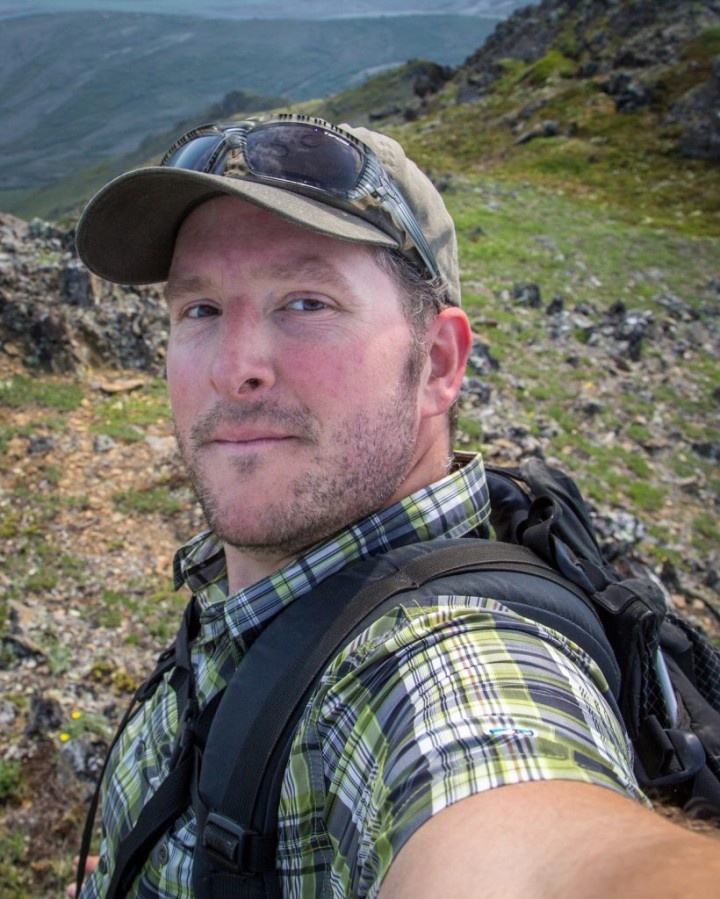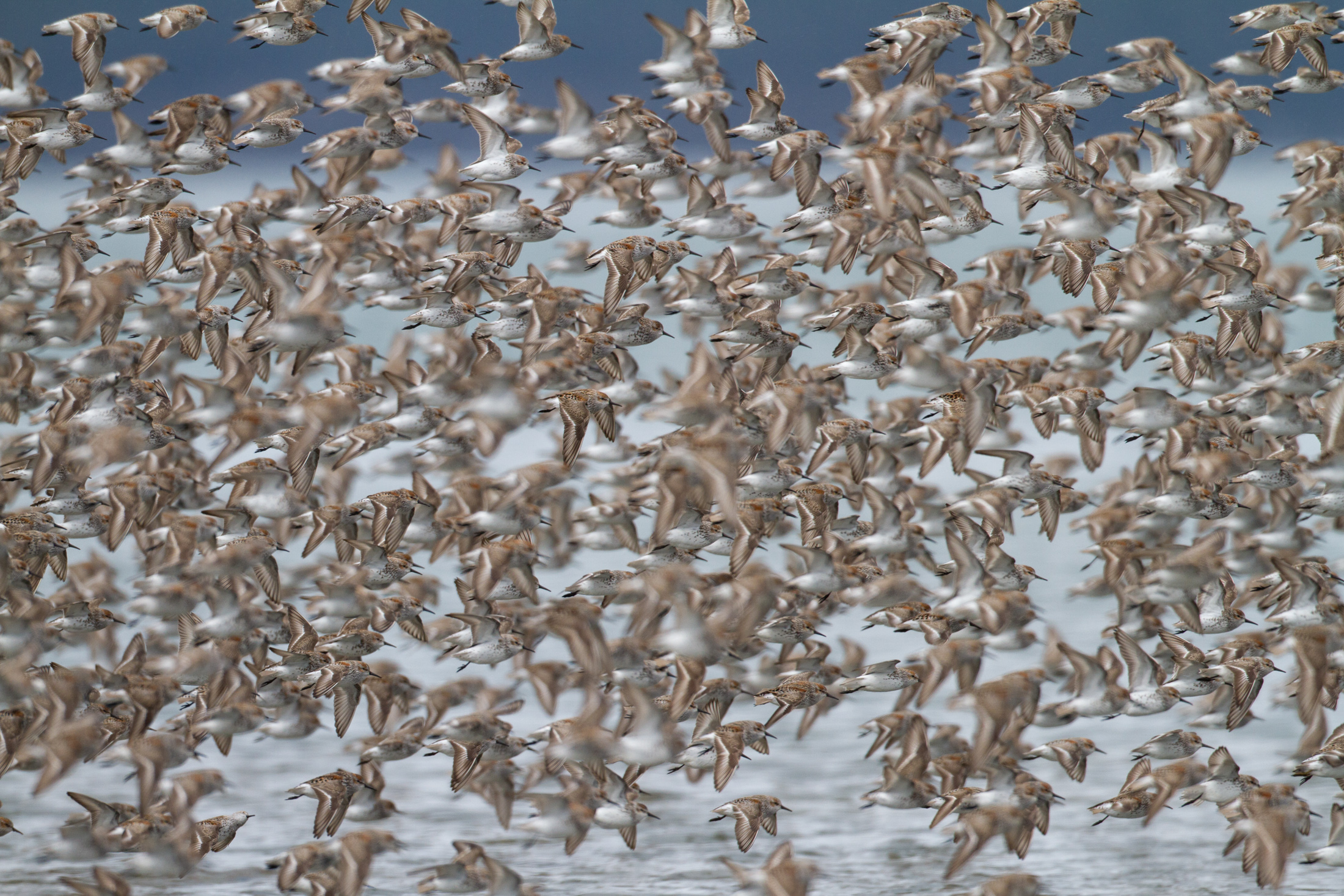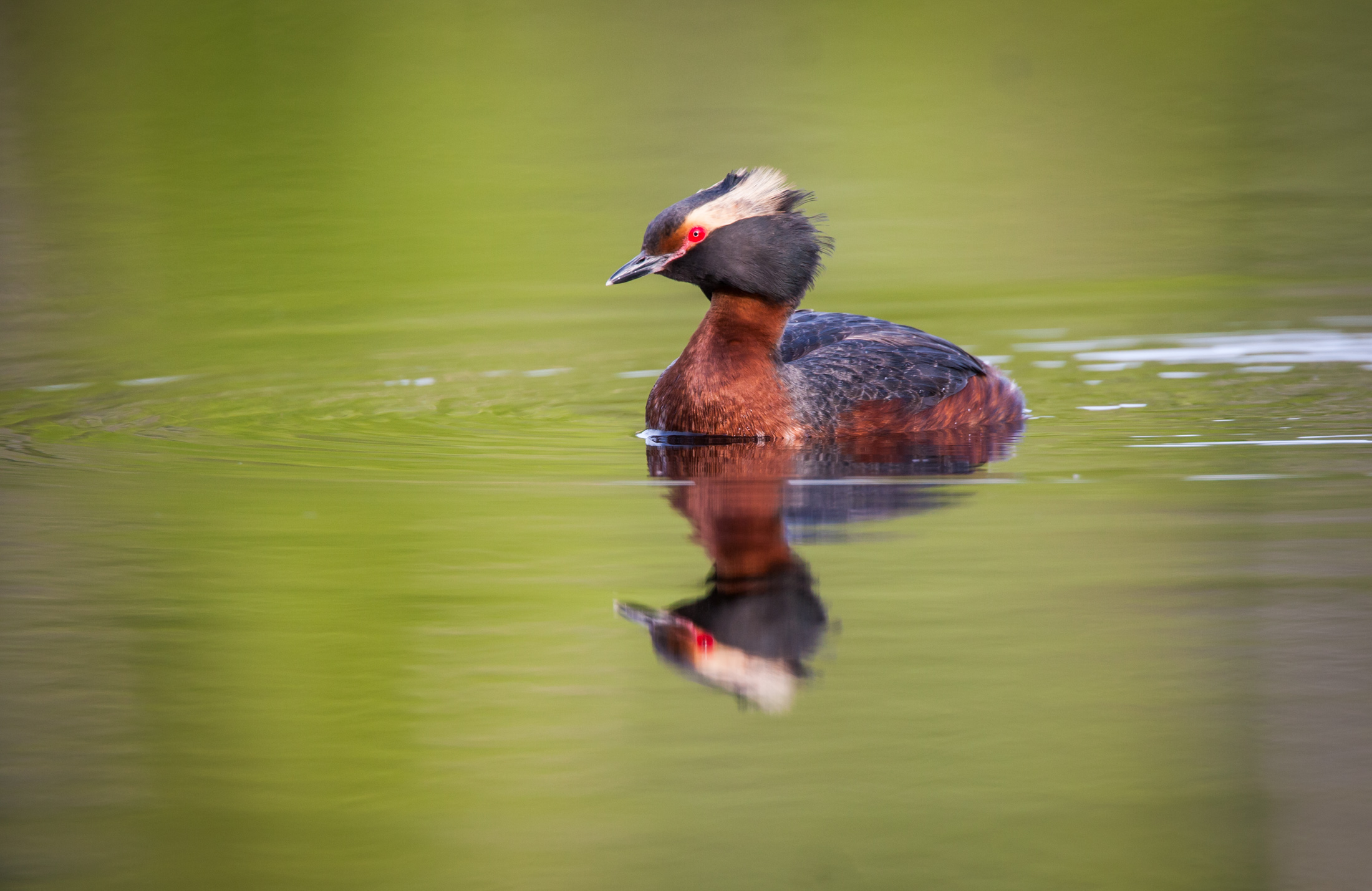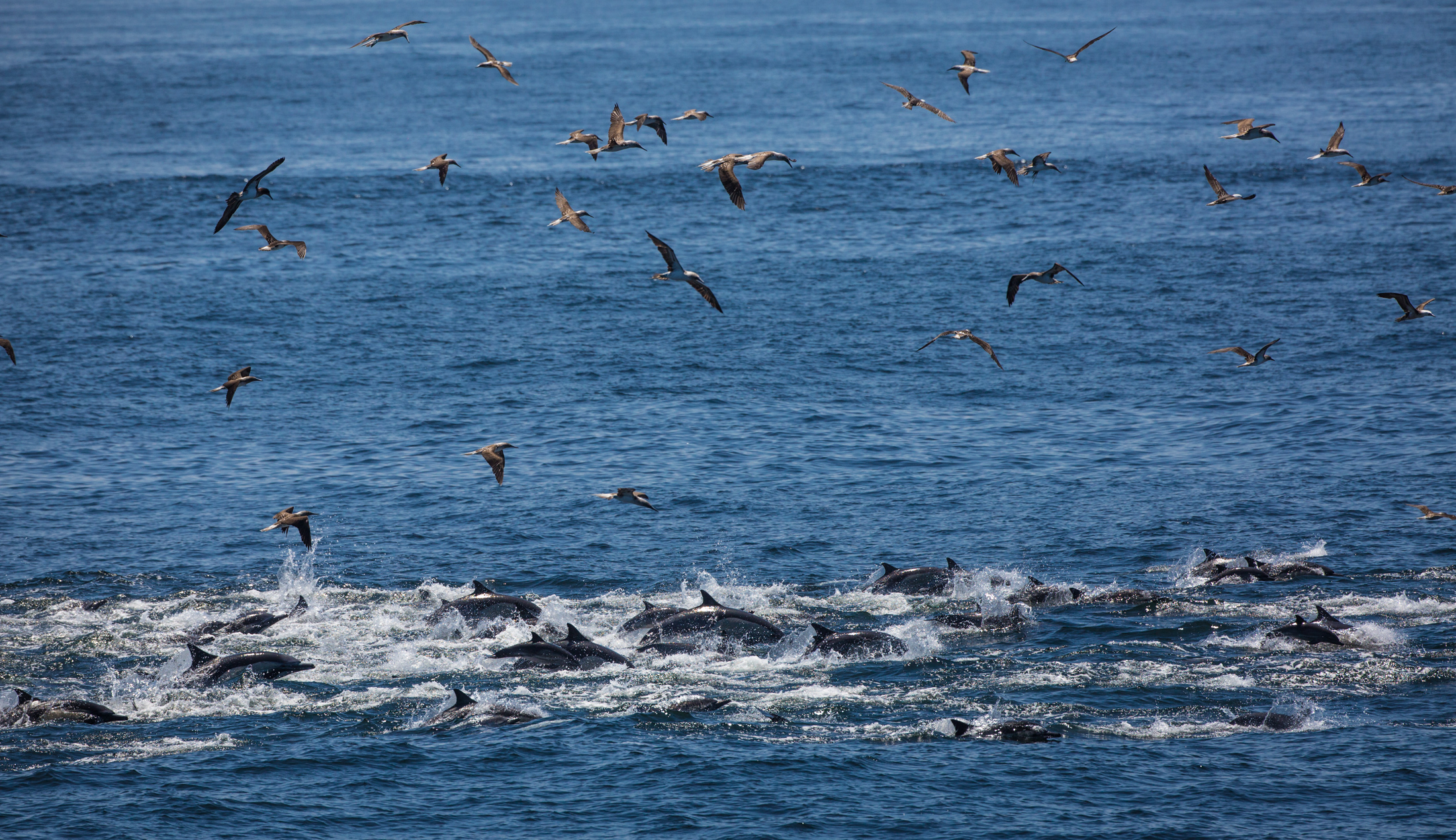David W. Shaw / Member Interview

Fairbanks, Alaska
I recently had the opportunity to get to know David W. Shaw, a master photographer whose undergraduate and graduate degrees in wildlife biology have fueled his love for wildlife photography, particularly of birds.
For the last two decades, Dave has called Alaska home. It’s a place he’s explored from corner to corner with his camera.
When he’s not shooting, Dave is an accomplished writer and educator in the photography world. He also leads photography tours around the globe.
I wanted to get more insights into Dave’s workflow and inspiration for bird photography. You’ll find our interview summarized below:










Give us some insight into how you got involved in photographing birds.
I’ve had a passion for birds since I was young. I can recall, at some point while in elementary school, deciding that birds were very cool and I needed to know more about them. It just grew from that point. As an undergraduate, I studied biology, with an emphasis on birds, and then I got a masters degree in wildlife biology, with a thesis project, on - you guessed it - birds. The transition to making images of birds was simple. These were a group of animals I knew well, and knowledge is power in life and especially wildlife photography. I knew the animals, and could use that to create images that I hope, tell their story.
What is your favorite location to photograph birds, and why?
Alaska’s Arctic National Wildlife Refuge. In June, bird species from 6 continents converge on the coastal plain of the Arctic Refuge. Shorebirds, waterfowl, songbirds, loons… the list goes on. They are abundant and relatively easy to photograph. And in the arctic, the sweet light lasts for hours and hours, making the shooting conditions near perfect. It’s wild and beautiful and you’ll have literally hundreds of square miles to yourself. Importantly, the coastal plain of the refuge is currently threatened by oil and gas development, and showing this place for what it is: a refuge to wildlife from across the world, is a great way to counter the political and industry talking points that it is just a wasteland.
What is your preparation and planning process like for photographing birds?
First is understanding the species you are likely to encounter. If you want to photograph, say a Smith’s Longspur in its summer breeding plumage, you need to know what kind of habitat it occurs in, where it is likely to be found, how it behaves, and even what it sounds like (so you can find it in the field). With basic knowledge you can get where you need to go. From there, I try to embrace the situation and photograph without expectations.
What is the most challenging aspect of bird photography in your opinion?
There are abundant challenges with bird photography, so it’s hard to pick just one. I suppose, I’d have to say… getting the story. Good images of birds are more than portraits. In my opinion, they need to tell a story and say something about the bird itself.
Seeing a good photo of a bird should teach the viewer something about the species. This could be as simple as how the plumage looks in a certain season, or better yet how it behaves or where it lives. Yep, story is hard.
Please share a bit of information about one of your favorite bird photos with some behind-the-scenes-details.
The image of the Blue-footed Booby with the blue piece of beach garbage is, I think, poignant. I was guiding and teaching photography on a small, expedition cruise ship on a trip up the west coast of South America. We stopped early in the morning at this location (Isla Lobos del Tierra, off the coast of Peru) early in the morning, and headed to shore before dawn. Most of my shots from that day, are portraits of the abundant Blue-footed Boobies, pelicans, and cormorants that nested across the island. There was no shortage of beach trash, and it was a constant battle to find a composition that didn’t include litter. But then it occurred to me that the story here wasn’t just the nesting birds, but also the blight (and threat) of plastic garbage. When I found this busted blue container with a booby next to it, I knew I’d found a shot with a story. I stopped and waited for the bird to look directly at the litter, and then made this image. I think the bird looks affronted, perhaps both by the color competition and the litter scarring up its nesting habitat. There is definitely a story in this image, even if it isn’t a happy one.
Please share a recommended book or two that will help people further develop their bird photography skills.
Honestly, bird photographers need to start with a book about birds and their natural history. Something like the Sibley Guide to Bird Life and Behavior is a great place to start. As I mentioned above, knowing about birds is the first step to successful photography. From there, I’d move to something inspirational like Frans Lanting’s Jungles which is full of compelling images of wildlife and their habitats.
For a photographer who already has an understanding of exposure, studying such a book will teach you how to tell stories of wildlife through photographs. Another good one is Michio Hoshino’s Alaska. The late great Hoshino was a master of story-telling images, and when I need motivation, I frequently return to his many wonderful books.
If you could offer just one piece of advice to a beginner bird photographer, what would it be?
Study birds, watch birds, and then photograph birds. In that order.
Learn More About Dave
You can feel the passion that Dave has for birds, wildlife, our natural world, and photography in the way he speaks about them. It’s inspiring to hear someone that’s so excited about what they do!
That passion is what makes Dave such a successful photographer, writer, and guide.
You can learn more about Dave by visiting this PhotographyTalk profile, Instagram, Facebook, and website, all of which are linked above.
One email every two weeks
Are you interested to receive our members interviews?

We want you to be in the middle of the conversation.
Do you want to share your story
YES, I WANT TO SHARE MY STORY